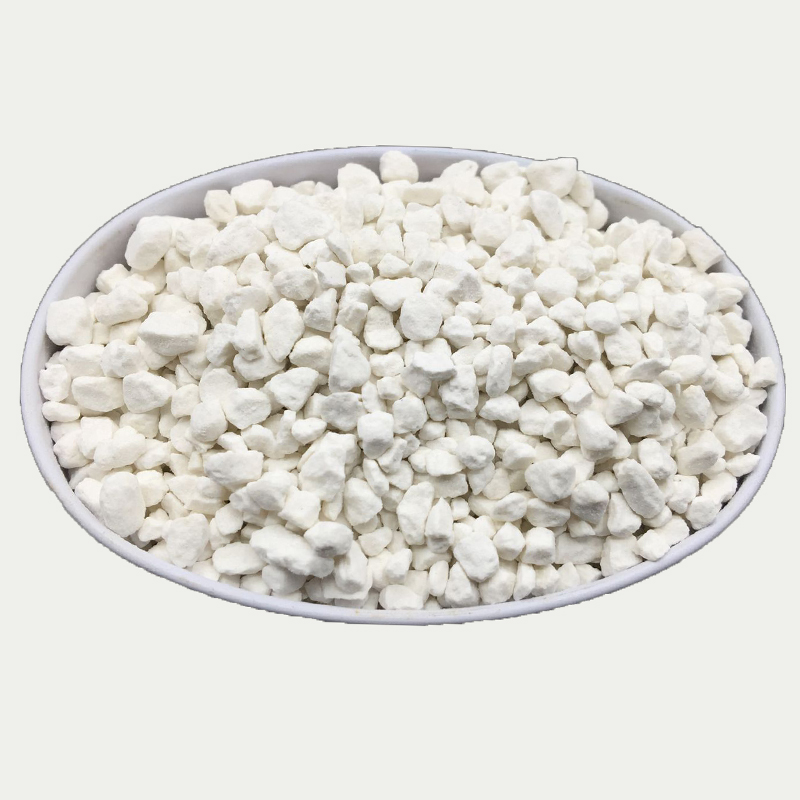
Ara . 03, 2024 17:12 Back to list
Water Soluble Fertilizer Production Using Urea Phosphate 17-44-0 for Optimal Plant Growth
Urea Phosphate (17-44-0) A Game-Changer in Water-Soluble Fertilizers
In the ever-evolving world of agriculture, the demand for efficient and effective fertilizers has never been greater. Farmers and agricultural businesses are continually seeking innovative solutions to optimize crop yields and enhance soil fertility. One such product making waves in the sector is Urea Phosphate, specifically the formulation with the chemical composition 17-44-0. This water-soluble fertilizer is gaining recognition for its nutrient profile and versatility, thus positioning itself as a valuable asset for modern farming practices.
Understanding Urea Phosphate
Urea Phosphate is a crystalline compound that contains nitrogen in the form of urea and phosphorus in the form of phosphate. The nomenclature 17-44-0 denotes the fertilizer's nutrient content, which includes 17% nitrogen (N) and 44% phosphorus pentoxide (P2O5). This particular composition means that Urea Phosphate contributes significantly more phosphorus than nitrogen, making it an excellent choice for crops that require a robust supply of phosphorus for root development and overall growth.
Benefits of Urea Phosphate
1. Water Solubility One of the primary benefits of Urea Phosphate is its high solubility in water. This characteristic allows for easy application through various methods, including fertigation (the application of fertilizers through irrigation systems) and foliar feeding (applying nutrients directly to plant leaves). Water-soluble fertilizers ensure that nutrients are readily available to plants, enhancing nutrient uptake and minimizing losses due to leaching.
2. Enhanced Nutrient Uptake Phosphorus plays a crucial role in several physiological processes within plants, including energy transfer, photosynthesis, and nucleic acid synthesis. With Urea Phosphate, the readily available form of phosphorus leads to improved root development, encouraging stronger and healthier plants. Furthermore, the immediate accessibility of both nitrogen and phosphorus promotes accelerated growth during key developmental stages.
3. Compatibility with Other Nutrients Urea Phosphate can be used in conjunction with other fertilizers, making it an adaptable choice for various nutrient management programs. Farmers can combine it with potassium fertilizers or micronutrients to create a balanced nutrient solution tailored to the specific needs of different crops and soil conditions.
urea phosphate 17-44-0 water soluble fertilizer factory

4. Acidic pH The application of Urea Phosphate can help in acidifying the soil, which can be beneficial in alkaline soils where phosphorus availability is often limited. The slight acidity of the fertilizer can enhance the solubility of soil nutrients, improving overall soil health and nutrient availability.
5. Environmental Sustainability Using Urea Phosphate can be aligned with sustainable farming practices. By supplying essential nutrients in a concentrated and efficient form, it reduces the overall quantity of fertilizer needed, thereby minimizing potential environmental impacts associated with excess fertilizer application, such as runoff and water pollution.
Application Techniques
Urea Phosphate is versatile in its application techniques. For fertigation, it can be mixed with water and delivered directly to the root zone, ensuring that plants receive a consistent supply of nutrients. Foliar applications can also be highly effective, particularly during critical growth stages such as flowering and fruiting when nutrient demands peak.
In addition to traditional field applications, Urea Phosphate is increasingly being used in greenhouse cultivation and hydroponic systems, where nutrient precision is paramount. Its solubility and rapid uptake make it an excellent choice for growers focused on maximizing yields in controlled environments.
Conclusion
In conclusion, Urea Phosphate (17-44-0) is more than just a water-soluble fertilizer; it is a crucial tool in modern agriculture. Its unique nutrient profile, high solubility, and compatibility with various application methods make it a prime choice for farmers looking to enhance crop performance. As agriculture continues to face challenges like climate change, resource scarcity, and the need for sustainable practices, fertilizers like Urea Phosphate will play a vital role in ensuring food security and promoting environmental stewardship. As we embrace these innovative solutions, the future of agriculture looks decidedly greener.
-
10 10 10 Fertilizer Organic—Balanced NPK for All Plants
NewsJul.30,2025
-
Premium 10 10 10 Fertilizer Organic for Balanced Plant Growth
NewsJul.29,2025
-
Premium 10 10 10 Fertilizer Organic for Balanced Plant Growth
NewsJul.29,2025
-
Premium 10 10 10 Fertilizer Organic for Balanced Plant Growth
NewsJul.29,2025
-
50 Pound Bags of 13-13-13 Fertilizer for All Plants – Bulk & Organic Options
NewsJul.28,2025
-
High-Efficiency 15-30-15 Granular Fertilizer for Healthy Crops
NewsJul.28,2025
